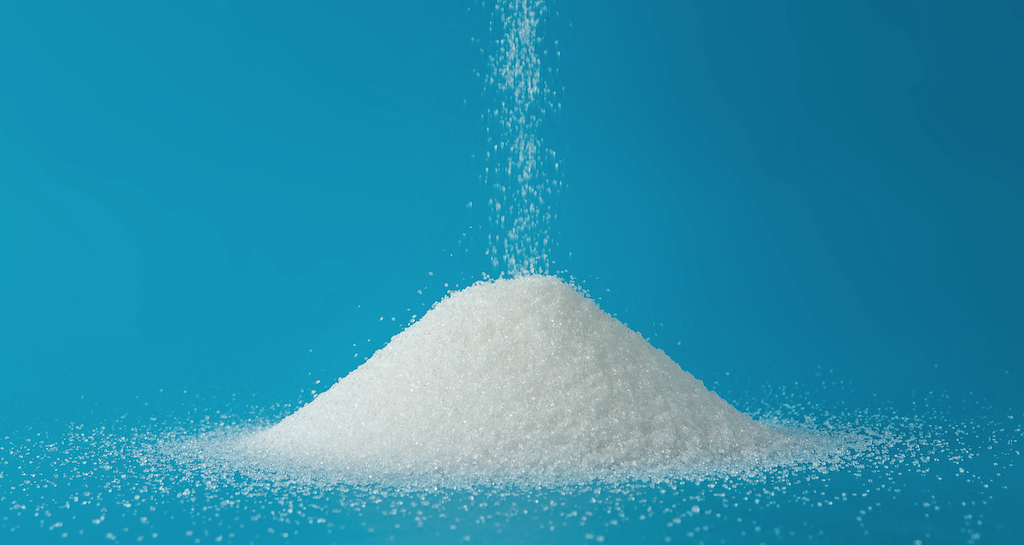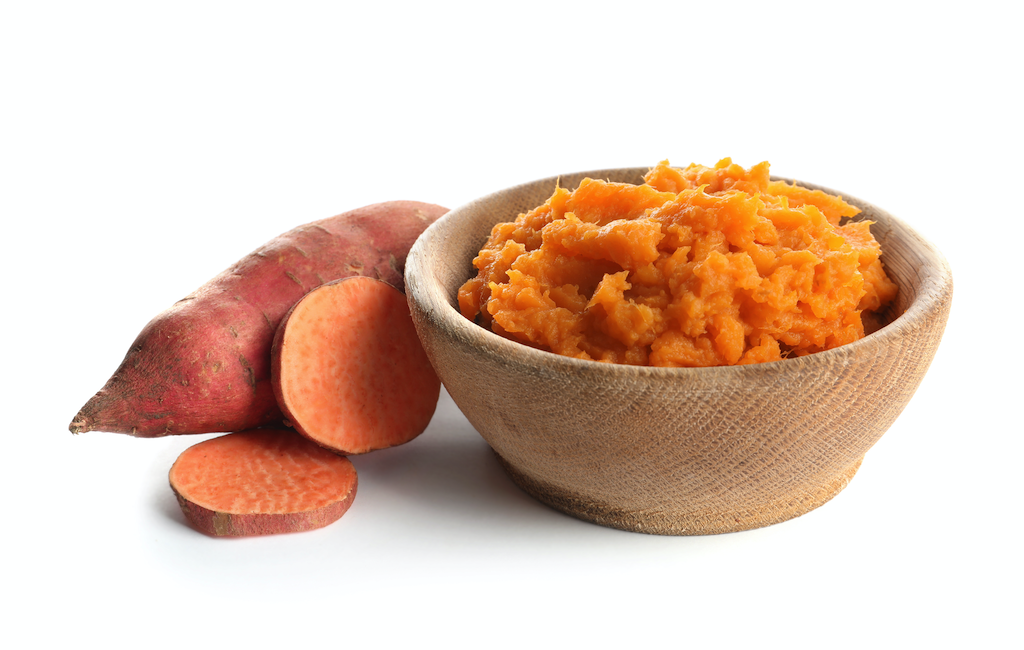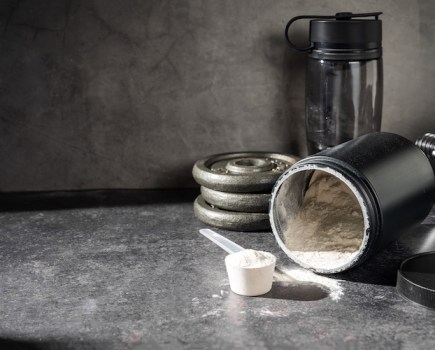Sugar has been deemed responsible for everything from obesity to cancer, but for anyone leading an active lifestyle, is it really that bad? Performance dietician Renee McGregor reports.

Photo: Getty Images
Despite the news stories and attention-grabbing headlines, the science says there is no definitive causative link between sugar and obesity, diabetes or even cancer.
However, what can be said is that a higher intake of sugar can potentially lead to higher calorie intakes, which can result in higher levels of obesity and an increased risk of those conditions. It’s important to highlight, though, that sugar alone is not responsible.
Like all public health messages, these are guidelines developed in response to a specific population concern. That isn’t to say they should be ignored, but you need to know what is relevant to you. If you are already someone whose sugar intake contributes to the smallest overall energy intake within a day, you don’t need to necessarily reduce things further.
However, if you’re someone whose sugar intake contributes to over a quarter of your overall energy intake, it’s time to consider making some changes. That’s because your higher intake of sugar will be displacing your intake of more nutrient-rich choices.
Getting to Grips with Glucose
Vowing to “give up sugar” only to succumb to cravings is natural human behaviour. Tell someone they can’t have something and it sets up ‘deprivation mentality’ – they instantly want it. But some of this ‘need’ for sugar is also physiological.
The human body’s preferred currency for delivering energy to the body is glucose – in fact, the brain uses 120g of glucose a day to control all the biological processes within the body. It’s little wonder, then, that if you restrict your energy intake – specifically, carbohydrates – your body’s going to crave it.
Even more so if you’re physically active, with a percentage of your training at high intensity – that’s a perceived effort of 8/10 or more for a minimum of 45 minutes, or a sustained endurance session lasting over 90 minutes – because the body is going to need a readily available source of energy to fuel all that graft.
Glucose is the preferred source and sugar provides an instant dose. In fact, we know that carbohydrate availability around (and during) training is paramount not only for optimal performance, but also causing the hormonal cascade required for training adaptation and future progression.
While carbohydrate comes in two forms, simple and complex – the majority of your intake should come from complex varieties, such as wholegrains, beans, oats and fruit – there are times when the body will only be able to utilise simple sources, such as sugar.
Sugar and Performance
National guidelines are necessary and important, but while they encompass a message for the general population, not everything is relevant to those who are physically active – training over four times a week.
In general, among athletes it’s advisable to look at the balance of sugar intake over the course of seven to ten days. No food should be demonised, and while large quantities of ‘free’ sugars (sugar that is added to food) should be avoided, at times they can be useful.
Around high-intensity training days, easily absorbed carbohydrates like sugar – whether that be honey on toast, cereal bars, diluted orange juice or a sports gel – are effective ways to top up energy stores for your training session.
For anyone training for endurance events, even when your muscles’ glycogen stores of carbohydrate are full, that will only last around 60 to 90 minutes. Therefore, it’s vital to consider taking on fuel during longer runs, rides or swims, in order to maintain output, but also to ensure that the body will respond to the training effect.
Similarly, post-training – especially after hard or long sessions when appetite can temporarily be diminished – in order to ensure you’re replenishing glycogen stores and enhancing recovery, easily absorbed carbohydrates are the best source, to encourage insulin levels to increase and absorb nutrients rapidly into the body.
This drives muscle protein synthesis, recovery and training adaptation. It’s why something as simple as flavoured milk is a good option post-training: it allows for rehydration, while also providing easily digestible carbohydrate and protein.
Anyone who exercises regularly has a little more leeway for consuming sugar, and in some instances it’s probably even the preferred choice in order to maintain performance.
That said, it’s still important that a healthy, balanced approach to fuelling is adopted, which doesn’t exaggerate or remove any food groups.

How To Eat Less Sugar While Maintaining Energy
- Mash It Up
Baked or mashed sweet potato with added salt is easily digestible and provides sustained energy.
- Get Fruity
For some, dried fruit provides excellent energy lifts, but high fructose and fibre content can lead to gastro-intestinal problems.
- Go Bananas
Cut a banana in half and spread it with nut butter – it can be tricky to transport but it’s a great option for refuelling.
- Nail Your Nutrition
Sugar cravings can occur with poor recovery from training. Post-workout, get a good mix of carbs and protein.







